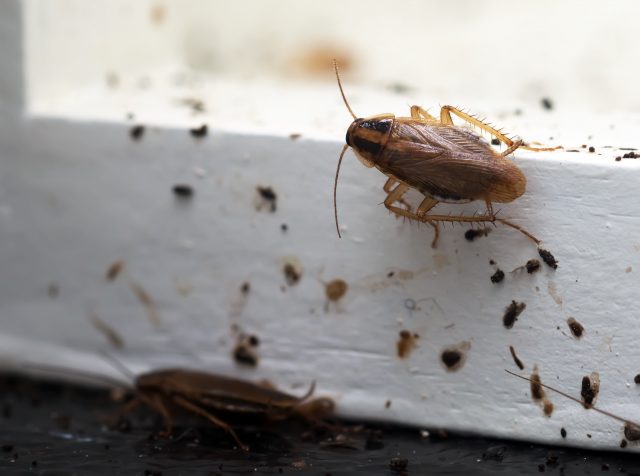The basic rule is: Do not employ the services of a pest control contractor and think you are done. It is your responsibility to discuss any specific improvements or recommendations that they may have and to ensure the chemicals are safe for a food preparation area.
As a food business operator you should ensure that food and food contact surfaces are protected from contamination by pests. Employing the services of a pest management company demonstrates that you are taking a positive approach to prevent the eradication and harbourage of pests in your food business (Standard 3.2.2 clause24). Note that employing a pest control contractor is not a requirement under the standards, but it useful to have a professional conduct regular inspections as they also have to comply with legislative requirements.
When employing a contractor the following information should be available in their pest management plan:
- What pests are to be treated: i.e. rodents (mice, rats), insects (cockroaches, flies, ants) and birds (pigeons).
- What areas are to be inspected and treated.
- The types of treatments to be used for each specific area. Take note to ensure that any chemicals used in a food preparation area must be suitable and approved for use in a food premises. (this information must be provided by the pest control contactor, it is not up to you to go find this). Note that they should also provide specific information in regards to the treatment such as do not wash the area for 24 hours following the application. This information should be communicated directly to a responsible person such as the owner of the business, the manager or in some cases the chef. This person should ensure that the recommendations are followed and any actions taken are recorded in the relevant folder to ensure compliance. Auditors will read pest control reports to identify whether issues identified by the controller and being addressed by the business.
- SDS forms and labels should be provided by the company to demonstrate compliance with these requirements. See the following link on information regarding pesticide labels https://apvma.gov.au/node/11041
- The following link provides information on the legal responsibilities in applying pesticides https://www.dpi.nsw.gov.au/__data/assets/pdf_file/0009/186390/legal-responsibilities-in-applying-pesticides-F.pdf
- Location of pest control devices (such as rat bait stations, insect attractants, zappers etc.). Note that the bait map should be signed off as correct on a regular basis. Auditors will look at these to ensure that they are current and up to date.
- A pest sighting log can also be provided by the company, in some cases food businesses such as aged care facilities may have a pest sighting log as part of their monitoring records. All staff should be trained in these requirements, and who they report to if they sight pests in the business. Once a pest sighting has been recorded, the pest control contactor should be contacted for a follow up inspection.
- Insurances, certifications and licenses etc should also be provided by the company.
What can you do to control pests in your food business:
- Ensure all food is in sealed containers.
- Display food under pest proof covers, behind protective guards or enclosed display cabinets/fridges.
- Provide mesh screens on windows, doors and other openings.
- Provide self closing doors, double doors or air curtains at door entries.
- Ensure pest strips are affixed to doors.
- Ensure zappers are not placed above food preparation or storage areas.
- Ensure there are no holes, cracks or gaps in walls, floors or ceilings.
- Keep internal and external waste containers sealed, and regularly remove rubbish.
- Keep food storage and preparation areas clean and tidy.
- Keep all areas of the food business including the external areas free from unused equipment and other rubbish.

